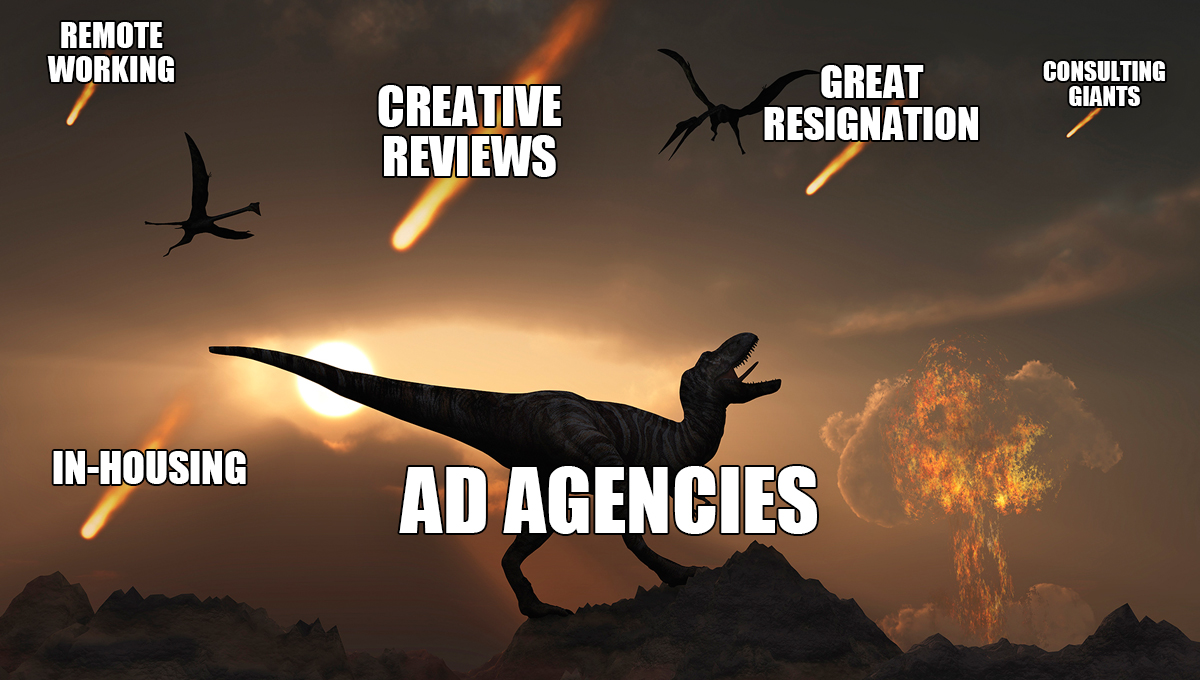
Advertising agencies are an endangered species.
Since day one, the marketing industry has always been in a constant evolution, which is maybe what makes it so exciting to work in, especially on the agency side. Creative agencies indeed always had to tackle change: reinventing themselves, finding new ways of working, developing new expertises, modernizing their offering and branding, hiring new talents, decade after decade, on and on…
But this time, in 2022, there are multiple, massive, new threats that could change their future. And just like when asteroids ended the age of the dinosaurs they are all raining down at the exact same time.
Through this post I tried to list and detail what are these “12 comets”, and how this umpteenth “industry revolution” could potentially turn into a “mass extinction” if agencies don’t tackle it properly. In another post (coming soon on the blog) I will also detail how they are starting to react, trying to find new solutions to survive. Because yes, it’s not over yet!
Think about another threat that is not in here? Please let me know in the comments below or on social media, and I will be glad to update this post.
1. A Massive Wave of Creative and Media Reviews
Absolut, AB-InBev, Alfa Romeo, Asda, Audi, Bayer, Barilla, BMW, Bumble, Coca-Cola, Domino’s, Doritos, Dyson, Facebook, Ferrero, Ford, KFC, Groupon, Heinz, Honda, HSBC, Hyatt, JetBlue, JP Morgan, Just Eat, LinkedIn, Mercedes-Benz, MG, Mondelez, Nike, Nikon, PayPal, Philips, Sanofi, Skoda, Tetley, TUI, Uber, Unilever, United Airlines, Visa, Vodafone, Volkswagen… Here are over 40 global brands that have put their marketing under an international creative and/or media review since the beginning of 2021. Meaning billions of dollars have moved from an agency to another in a couple of months.
Following a never-seen-before “status quo” in 2020 thanks to the pandemic, a lot of brands have launched creative and/or media reviews in 2021 and 2022. These big moves, happening in a short period of time, obviously put agencies, networks and their holdings at big risk. While agencies were used to coping with these reviews in the long run, they nowadays could lose several, massive clients within only a couple of months, leading to possible bankruptcies.
The timing of is also terrible: this tsunami is happening right after 2020, which has business-wise been a very “flat” year for the advertising industry, resulting in smaller revenues and profits for agencies. We can now tell that 2020 was clearly “the calm before the storm” in the ad industry.
Read more at:
- Adweek: “While 75% of marketers were satisfied with how agencies navigated the pandemic, a survey finds 40% of brands might seek new agencies in 2021 and 2022.”
- Campaign: “Agencies Mother London and TBWA\ London have called for the pitch process to end after chemistry meetings. Here are many opinions on this possibility.”
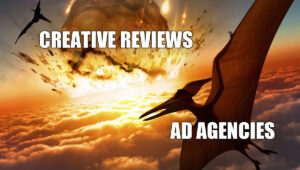
2. Talents are Leaving the Industry
Not talent, no agency. The “Great Resignation” trend is impacting the marketing industry as well. Creative ad agencies are currently facing an “historical talent crisis”, also designated as a “talent shortage”. The pandemic made marketers (re)think about their role in this world, and some of them are shifting to more meaningful industries. Within this move, some marketers have even left big cities, where most of ad agencies are based (see our next point number 3 about remote working conflicts).
Agencies have ignored staff retention for too long, and they won’t get very far if staff don’t stick around. While some turnover is always expected, teams with long-term members can provide consistency, reliability, efficiency and a chemistry that can’t be bought. But nowadays talents from the advertising industry are looking elsewhere. Agencies relied on a surfeit of applicants for decades, to the detriment of their businesses’ long-term viability.
Read more at:
- BBH Labs: “Our “Sink or Swim” culture caused a talent shortage. Agencies often take pride in it, but it’s the reason so many people are leaving the industry.”
- Campaign: “Advertising agencies have an opportunity to reset. This is the time to explore new models, different ways of working, and additional offerings. But don’t forget to look after your people – without them, agencies are nothing.”
- Creative Review: “Many are terming this a great ‘resignation’, but really it’s a great ‘reassessment’. People are reassessing what they want out of their jobs, how it fits into their lives, and what it gives them.”
- Digiday: “Going into 2022, agencies are still spooked about the great resignation. Talent issues still loom in this year’s top concerns.”
- Digiday: “How an agency president is fighting talent drain.The war for talent has been waging since last spring with agencies scrambling to roll out perks that will not only attract talent, but retain it.”
- Marketing Brew: “Agencies are pulling out the stops to keep employees around. They’re trying to figure out which perks and benefits stop people from browsing other jobs.”
- Marketing Brew: “Digitas partners with Cameo for recruiting. Turns out agencies are desperate to fill open roles, and the only person who can save them is NSYNC’s Lance Bass.”
- New York Times: “Future of Work – The Age of Anti-Ambition: When 25 million people leave their jobs, it’s about more than just burnout.”
- The Drum: “The agency talent model is broken. In the UK, the average staff turnover in advertising agencies was 26.8% in 2021, and some agencies acknowledge a yearly 30% churn, confessing advertising’s staff retention record is pretty bad. This continues to far outstrip other industries.”
3. Agency People Don’t Want to Go Back to the Office (while it’s key for the business)
“If leaving the office was hard to do, returning is fraught with even more difficulty” wrote Rishad Tobaccowala, Publicis Groupe’s former Chief Growth Officer. Now that we all know working from home can work, a lot of us are willing to keep doing so. Agencies and networks have developed different opinions and tested different approaches, but there is still no perfect methodology, no perfect balance.
While Mark Read, WPP’s CEO, believes that “Agency talent will increasingly work from ‘the best places to live’, with less regard to where the agency is based”, some managers, like Patritia Pahladsingh, the CEO of TBWA\ Neboko in Amsterdam, are convinced agencies need people to go back to the office.
Maybe not as much, not as often as before the pandemic, but it seems to be necessary “to save the agency culture”. There are a lot of “happy accidents” that are part of the agency life but can’t happen on Zoom, Microsoft Teams, neither Google Hangout. Helping on pitch because you were there at the right moment, jumping in a conversation at the coffee break, discussing an idea during lunch, meeting new colleagues at Thursday drinks… All of this contributes to ad agencies’ singularity, creativity, and therefore their success.
Read more at:
- Adweek: “Creative agencies must avoid becoming places of boredom. Here are 5 tips on developing agency cultures that can thrive.”
- Digiday: “Why a TBWA\ exec believes a return to the office will save agency culture. A large part of culture is the energy of the agency. We’re really in ‘the people business’. Winning pitches is not about the great, big creative ideas. It’s about chemistry between people. If you’re not with each other, that’s really hard.”
- Rishad Tobaccowala: “The future does not fit in the containers of the past. Just like a champagne cork once removed expands and does not fit, it will be hard to put work back in the office. Both, the decisions on what a “return to the office” means and how the decisions are made and conveyed are likely to have as great an impact on the culture and competitiveness of a firm in the next few years. What a firm decides will at minimum impact its ability to a) Attract and retain talent, b) Cost structure, c) Culture, d) Client and customer service levels, and e) Ability to innovate. That’s all.”
- The Drum: “Agencyland’s new Europe: how lockdowns and remote working have transformed the advertising landscape. Still now, creative teams are meeting via Zoom, work is being won without face-to-face meetings, and agencies are developing global hiring approaches.”
-
Vox: “The return to the office isn’t working. People in all types of jobs are now only coming to the office in because ‘they have to’, not because ‘there’s a good reason’ to go in.”
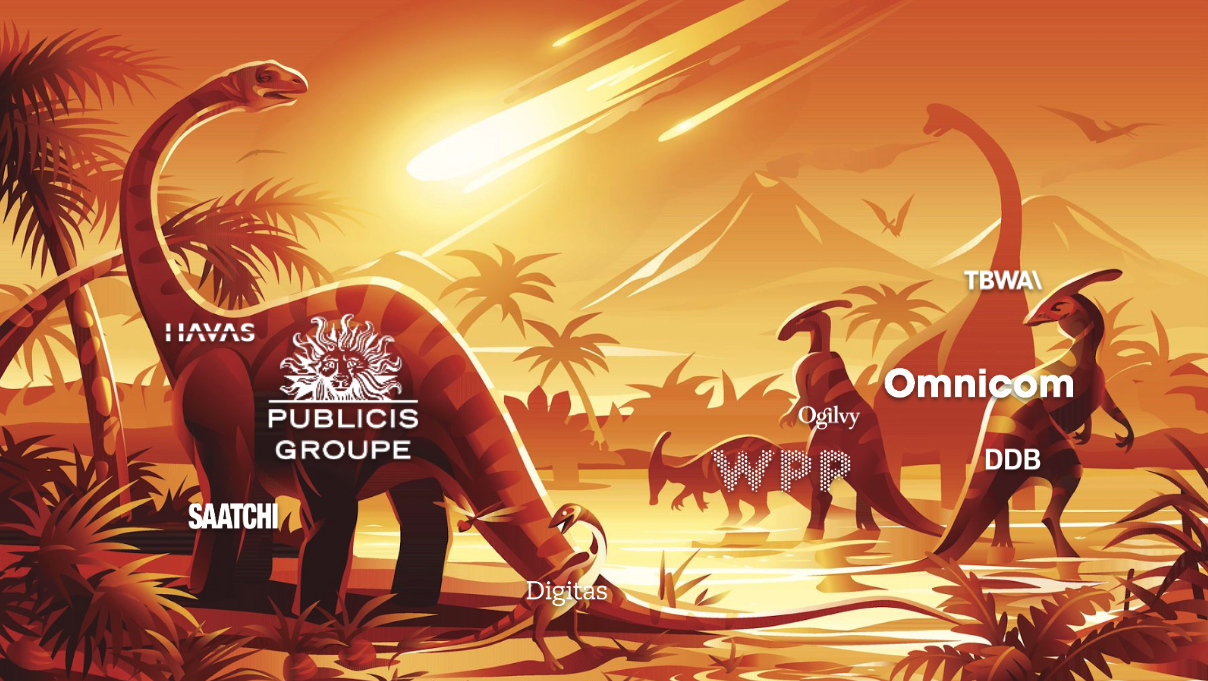
4. In-Housing: Brands Develop Their Own Agencies
Budweiser, Carhartt, Disney, H&M, Lego, LG, Liberty Mutual, Marks & Spencer, Neutrogena, Oatly, Pepsi, Three, Zalando… Here are just a few global brands, from very different categories, that now have their very own agency: internally. Some companies have started “in-housing” way before the pandemic (the first global brand to do so being Pepsi in 2006), but this unprecedented event accelerated the shift. As an example, PepsiCo has been building up its in-house agency capabilities during the coronavirus lockdown because it identified this approach as “a terrific way to speed up working and save money”.
On paper, the benefits are obvious: “cut out the ‘middlemen’ and you will save time and money, while regaining creative control”. Facing this comet, it seems there is not much agency dinosaurs can do to stop brands to embrace in-housing. Of course they now open ‘dedicated agencies’ for these clients, but they are working pretty much the same way, with the same pros and cons, with the same strengths and weaknesses as traditional ad agencies.
Also, since the pandemic, digital communications and reactivity are even more central to the way that companies do business, so it kind of makes sense for brands to invest in their own capabilities. “Whether external agencies like it or not.”
The most recent move of this kind in the industry is slightly different, and unusual: Zalando just bought Highsnobiety. The e-commerce giant is indeed taking over a trendy fashion and cultural media icon: a smart move to go even bigger in streetwear fashion, in-housing a strategic consultant and a creative agency at the same time.
Read more at:
- Campaign: “In-housing is here to stay and growing. Advertisers are motivated by a mixture of reasons: saving money, moving faster, creating higher volumes of content and bringing marketing closer to the heart of their business, and to their first-party data.”
- Campaign: “More in-housing has been terrific way to cut costs during Covid-19. Working with Omnicom agencies, the soft-drinks giant is becoming ‘more selective’ regarding its adspend.”
- IHALC: London now has its very own ‘In–House Agency Leaders Club’. “The rise of the In-House Agency has been one of the big marcomms stories of the past decade. More and more brands are discovering the advantages of having creative and production functions embedded in their organisation, working across campaigns, comms and content.”
- Little Black Book: “Forget the in-housing vs out-sourcing debate, opt for the “flex-sourcing”: the ability to pick the right people for the right projects, in the right places, at the right time. That can be under your roof, our roof or theirs.”
5. Brands Start Bundling Their Products
This asteroid is quite small at the moment, but could make some big damage in the coming months. One of the most striking example of this re-emerging practice ages from February 2022: instead of running 6 ads for 6 different products, the company Anheuser-Busch grouped 6 of its brands into a single 4 minutes long commercial, at the Super Bowl. Budweiser, Bud Light, Bud Light Seltzer, Cutwater, Michelob Ultra, and Michelob Ultra Seltzer, all ended up in a single, unique commercial.
We can understand the benefits from the advertiser’s perspective, but it also seems like a terrible idea: for the identity of each product and brand, for the ad agency that had to produce it, and for the consumers watching it. It’s even worse news for the other 5 ad agencies that didn’t receive any briefing.
Read more at:
- Adweek: “6 brands in 4 minutes, Anheuser-Busch reveals its 2022 Super Bowl strategy.”
- Marketing Week: “Roll up for brand bundling. A strategy allowing brands to both make their advertising budgets stretch further, and leverage their competitive egde.”
6. The ‘Great Consolidation’ of Marketing Budgets
Burger King, Coca-Cola, Mercedes-Benz, P&G, Philips… These global brands are shifting their agency relationship model from “a galaxy of idea providers” to “a unique marketing partner”. Through their last creative and media review, they have indeed decided to no work with a lot of agencies across varying countries anymore. Even the classic approach of having “creative budget goes to advertising holding ‘X’, and media budget goes to a competitor holding ‘Y’” is now challenged. Global brands are not afraid to put all their eggs in one basket anymore.
For time-efficiency and/or consistency in their communication, we can easily understand that it may seem tempting for a brand to land its budget to a single partner. A provider in which they’ll gain even more power over once doing so. Because yes, the bigger a client is in an agency’s portfolio, the more demanding it can be (see our point number 1 above regarding reviews).
“Collaboration between agencies” and “having dedicated teams” are two attributes that are more and more valued by clients when it comes to their agency relationship. So agencies better be “collaborative” and “dedicated”, meaning groups better align their different agencies with consistency and efficiency, if they want to benefit (and not suffer) from the Great Consolidation.
Read more at:
- The Drum: “Why are so many clients consolidating their agency relationships. Major advertisers have embraced ‘single-agency relationships’ in a flurry of recent account reviews.”
7. Consulting Giants Open and/or Buy Creative Agencies
Accenture bought Droga5 and Entropia ; Deloitte bought Acne, and is launching other ones internally… Even though we haven’t seen a ‘best case’ of their synergy yet, global brands already trusting their consulting partner may be willing to give their marketing budget to the same partner, putting their recommendations (= consulting) into practice (= marketing, advertising). And in doing so, skip the traditional ad agencies.
If you think “consulting giants are less creative than traditional creative ad agencies”, then think again: Accenture has won the Cannes Lions’ “Creative Data Grand Prix” twice, in 2018 and in 2021. Consulting giants are always more visible in award shows and festivals, across a myriad of categories and disciplines: from Creative Business Transformation, to Creative Effectiveness, Design, Innovation, or even Radio & Audio.
Read more at:
- Adweek: “Accenture Interactive acquires digital experience agency Entropia to expand its offering in experience-led services.”
- Campaign: “Deloitte unveils plan for creative agency 368. This new office will provide a vibrant backdrop to support its ambition to launch award-winning campaigns, created by some of the brightest and most ambitious talents in the industry, across planning, copywriting, design, social media, project management…”
- The Overthinkers (podcast): “Agencies’ business model has often been debated, but rarely agreed upon. Is it even possible to “radically” change it when virtually everything has been tested yet? Rachel Mercer and Shann Biglione share their thoughts on the matter.”
8. People Always Spend More Time on Ad-Free Platforms
Amazon Prime Video, Disney+, HBO, Hulu, Netflix, Spotify, YouTube Premium… As opposed to social media platforms, these giants of entertainment’s business model is based on paid subscriptions, not ads. This results in less time spent on platforms where ads are still a thing, at the condition they are not countered by Adblock, which is always more popular among Millennials and GenZers.
Nevertheless, Netflix and Disney+ just announced plans to test their very first “ad-based subscriptions” in some countries, where the purchase power for entertainment is lower. Their number of subscribers being their main KPI, they open themselves to new growth levers.
Read more at:
- Aniview: “Revenue that comes out of the subscription model goes directly to your company. You’re not paying a percentage to advertisers. You don’t have to worry about reduced advertising budgets as your subscribers automatically pay subscription payments every month. It’s stable revenue for your company.”
- Robeco: “Consumer Trends in 2022: Subscription-based business models have experienced a tremendous boom in recent years. They gradually expanded, into a few niche areas, such as telecommunications, software and information technology services, and then into the wider economy.”
9. “Apocalypse Cookie”: The Tracking of Consumers is Decreasing
Less relevant ads = more annoying ads = less effective ads = smaller return on investment. As counterintuitive as it may seem in today’s digital world, Apple and Google have started to relieve the pressure on web users. The tracking options and precision they offer to brands are fading away, which has a big impact for platforms relying only on advertising revenue, such as Snapchat and Facebook, but also on the ad agencies creating these ads. Call it the ‘Cookiepocalypse’, ‘Chrome-ageddon’ or something else, targeted online ads targeting are becoming less precise, and that’s bad news for creative and media agencies’ business.
Read more at:
- Fortune: “Apple’s ad changes wiped $142 billion off Snap, Facebook, YouTube and other online ad giants. Apple introduced its App Tracking Transparency policy in April, which forced apps to ask for permission before they tracked the behaviour of users to serve them personalised ads. Most users have opted out, leaving advertisers in the dark about how to target them. Advertisers have responded by cutting back their spending at Snap, Facebook, Twitter and YouTube.”
10. There are New, Trendy Agencies and Solutions
Young creators are challenging the ‘Mad Men‘. From millennials to GenZers, a new generation of creators are so good, so talented, that they’re now pretty much doing what ad agencies are meant to be doing: branding, viral hits, social content, influencer marketing…
Structured as a traditional agency, with the same kind of roles (Creatives, Creative Directors, Account Managers, Strategists and others), they position themselves as a relevant, efficient way to connect with their generation, which brands are desperately chasing. It may not be the biggest threat for ad agencies’ survival right now, but it’s definitely an emerging trend that agencies should keep an eye on.
From “Ad Intelligence” to “Artificial Creativity”, another worrying trend, especially on the production agencies’ side, is the rise of AI-powered productions, for both images and videos. Will artificial intelligence tools like Dall-E and Midjourney soon replace agencies’ creativity, at least their traditional Photoshop and After Effect softwares? We’re just at the beginning of this potential new era, but major partners like Adobe and Getty Images are already embracing this challenge, teaming up with AI leaders on creating new solutions for creatives around the globe. They better do it, because according to some predictions, artificial intelligence may “take up to 80% of global advertising spend in the world”.
Also, “made in deepfake” ads are now a thing. Digital simulations of Elon Musk, Tom Cruise, Bruce Willis, Leonardo DiCaprio and other celebrities have already shown up in many ads. The image-melding technology grows more popular and presents the marketing industry with new legal and ethical questions.
Read more at:
- Campaign: “Viral TikTok of student calls creative agency approach into question. Creatives react to the viral video of a student who single handedly pulled off a high quality Sprite ad production, in her college dorm room.”
- DataToBiz: “7 benefits of artificial intelligence in advertising. In the current digital wave, brands are improving advertisement targeting by using machine learning techniques. It has led to a new wave of advertisements that are more realistic and engaging than ever before.”
- Digiday: “This ‘Gen Z agency’ eliminates the learning curve to connect brands with its generation. What started as two college students helping startups understand branding has morphed into a full-blown digital advertising agency, with GenZers at the helm.”
- Marketing Brew: “TikTok chops are huge for creative agencies right now. Agencies are specifically looking to hire content creators dedicated to TikTok, they are looking to hire standout talent in a few different areas, including copywriting.”
- Newsweek: “TikTok creator’s viral mock redesigns for iconic logos are actually used by brands. Her shared attempts at redesigning instantly recognisable logos racked up millions of views, and caught the attention of some of the country’s largest companies, who requested their own logos become victim to her art.”
- Times of India: “Artificial intelligence is transforming the advertising industry from ad creation and testing, to audience targeting, to ad buying. The concept of ‘AI driven advertising’ is gaining popularity.”
- Wall Street Journal: “Deepfakes of celebrities have begun appearing in ads, with or without their permission.”
11. Profits Coming from Clients Having a Negative Impact on the Planet are Now at Risk
Gasoline-based automotive, tobacco, fuel, energy providers, pharmaceutics… The new generation of talents (the same that we mentioned in point number 10) don’t want to work for companies having a negative impact on the planet. Even advertisers working in the industry since years or even decades are increasingly demanding on who they work for, concerned about the kind of clients that are leaving a negative impact on the world. In addition to the already terrible news from point number 2 on talents leaving the industry, it is becoming very challenging for ad agencies to find talents who are willing to work for such clients.
Another aspect of this change of perceptions and opinions is that ad agencies are now directly targeted by activists due to the clients they are working for, because in doing so they are in essence supporting and endorsing them. An organisation called “Cleaned Creatives” has even published a list of “90 Ad and PR Companies Working for the Fossil Fuel Industry”, pointing at relationships between agencies and their clients in the fossil fuel industry, inviting agencies to drop such clients.
Moreover, in some cities and/or countries, advertising for these industries are now simply and purely banned: bad news for agencies’ business. Another organisation called “Ban Fossil Fuel Ads” is inviting consumers “to act and change the law” through the European Citizens Initiative.
At the same time, these clients are some of ad agencies’ most profitable clients. If agencies can afford a smaller margin working for smaller clients, it’s also because they make larger profits on this other hand. Automotive brands or energy providers are often the heart of an agency, sometimes their biggest one, and it’s always historical win when landing one.
Unfortunately the ‘electric vehicles-only’ companies such as Polestar don’t have the same creative and media budget as other historical, traditional ones, and a modern company like Tesla has never run any commercial since its creation in 2003. “Tesla does not advertise or pay for endorsements. Instead, we use that money to make the product great.” said Elon Musk.
Read more at:
- AdAge: “Mother agency is redefining its business around purpose. Under the new ‘Make Our Children Proud’ platform, the independent global agency will weave purpose into every aspect of the shop, from pitching to the work.”
- Ban Fossil Fuel Ads: “Fossil fuel companies, carmakers, airlines and maritime companies use advertising and sponsorships as a smokescreen to distract attention from their climate-wrecking business, while their activities continue to plunge us deeper into the climate and human rights crises. This has to stop. Now, we have the power to change the law. Act now for a historic ban on fossil fuel ads and sponsorships.”
- Clean Creatives Organisation: “The advertising industry is facing its biggest corporate social responsibility challenge since the war over tobacco advertising. A growing movement of industry professionals and regulators are asking hard questions about the role of agencies in supporting the biggest climate polluters on the planet.”
- “Edelman Drop Exxon”: “Edelman is the world’s largest PR firm. ExxonMobil is their client. Together they sell stories that destroy our health, our climate, our world. So we’re telling Edelman to drop Exxon.”
- Euronews: “Amsterdam is the first city in the world to ban ads from fossil fuel and aviation companies, in a bid to reduce the ‘excesses’ of fossil fuel advertising. This initiative is also spreading in France and in the United-Kingdom.”
- The Drum: “A ‘subvertising’ campaign is targeting leading advertising agencies including Ogilvy, MediaCom and VCCP over their role in facilitating the climate crisis. Over 100 billboard and bus stop posters were installed over the weekend in 20 cities, linking the advertising agencies with their high-carbon clients such as Shell, BP, Jaguar Land Rover and British Airways.”
- Washington Post: “More than 450 scientists call on PR and ad firms to cut their ties with fossil fuel clients. The campaign targeting Edelman is one of many more to come, especially if ad agencies continue to ignore their crucial role in exacerbating the climate crisis.”
12. Brands Will Slash their 2023 Marketing Budgets Because of the Upcoming Recession
In Fall 2022, recession fears are rising fast among marketers. Own-company financial prospects slipped into negative territory for the first time since Q3 2020: a net balance of -9.5% of companies signaled pessimism regarding their own-company performance, the most downbeat for two years. So yes, the rising inflation and consumer responses to the cost-of-living crisis is clearly affecting the 2023 marketing budgets. Advertisers are not cancelling everything, but they will be even more cautious than usual, and/or decrease their marketing investment.
Read more at:
- Digiday: “Ad industry shifts 2023 budgets as recession now looks inevitable.”
- Digiday: “Even digital will feel the pinch as media buyers cut forecasts amid a rising tide of anxiety. Ad spending for the second half of 2022 is being drastically revised and, in some cases, cut back significantly as marketers brace for more economic upheaval.”
- The Drum: “With inflation rising, how can agencies persuade brands to keep spending? Here’s what agency leaders tell to their clients.”
Agencies Are Not Dead (Yet)
These 12 massive comets falling on creative and media agencies haven’t wiped them out, yet. The fight is not over and even though we can agree this is an unprecedented, scary situation, there is still hope. We can trust agencies’ strategic and creative capacities to reinvent themselves and survive to this meteor shower, as they’ve always done.
This species is more challenged, more endangered than ever, but if it sticks to its purpose, which is driving economic impact to companies through creativity, it should still be there in 10 years from now.
– Do you agree or disagree with these 12 factors that could lead to agencies’ ‘mass extinction’? Do you know another threat that is not listed above? Any feedback? Please let me know in the comments below or on social media, and I will be glad to update this post.
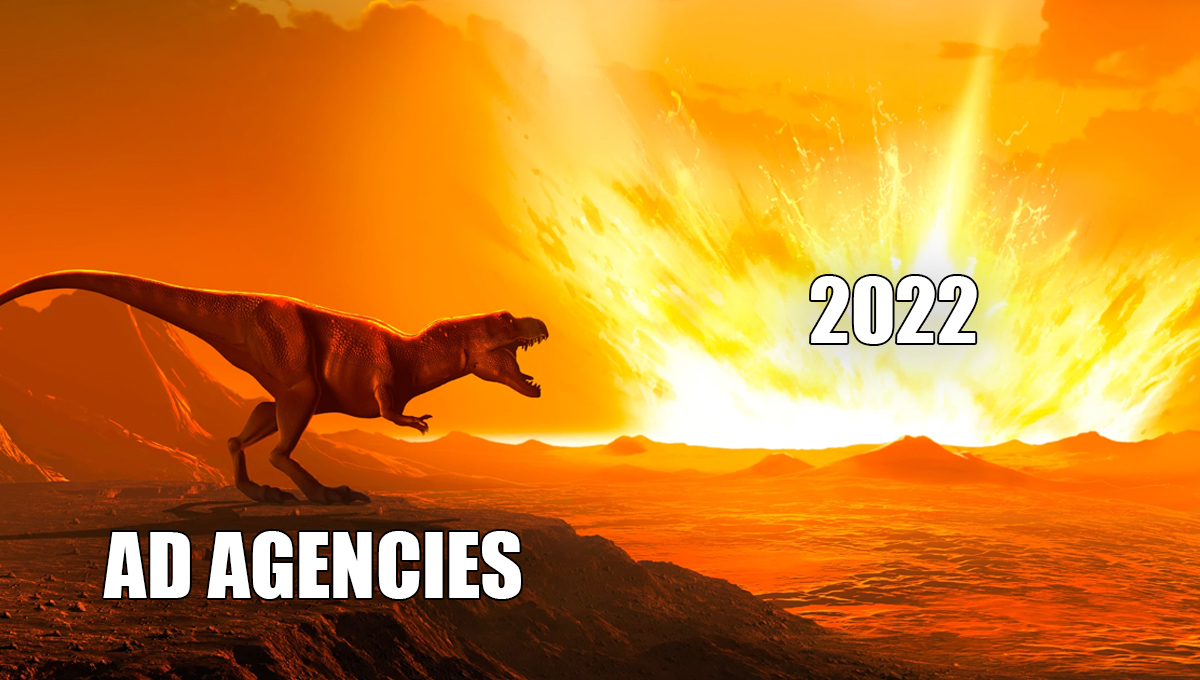





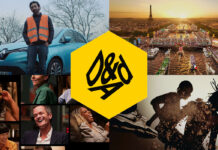
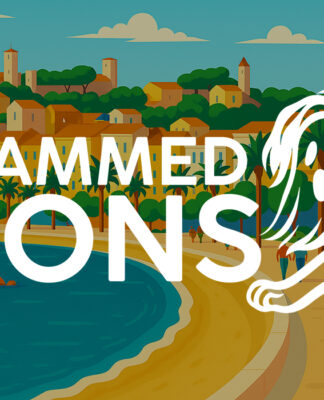
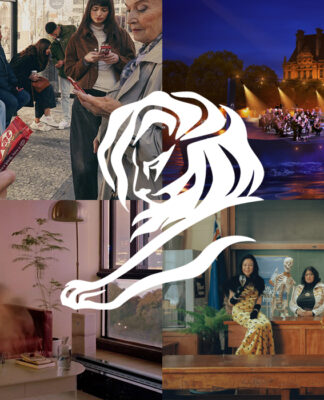
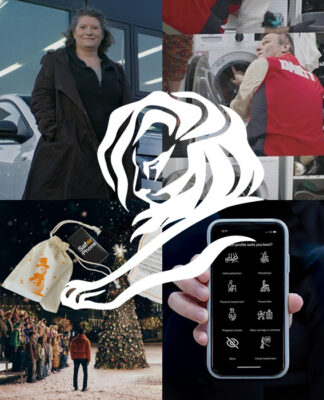
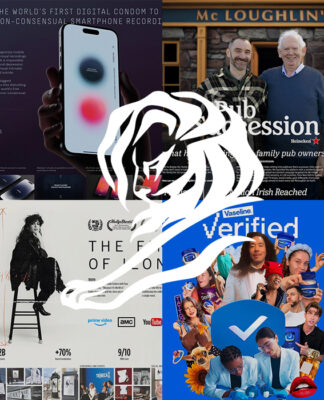
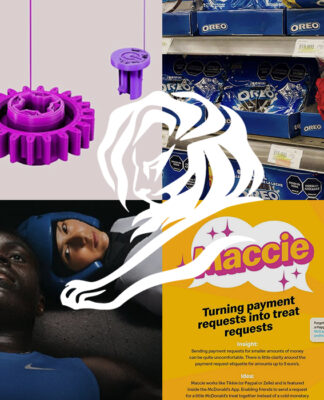
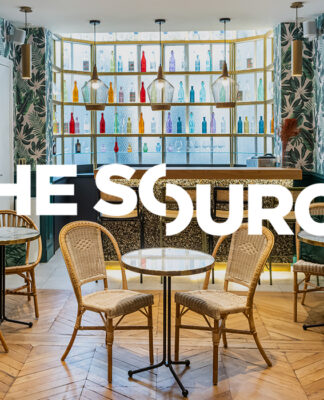
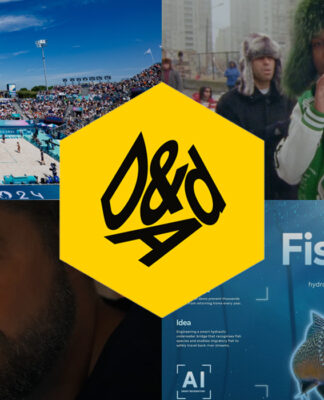
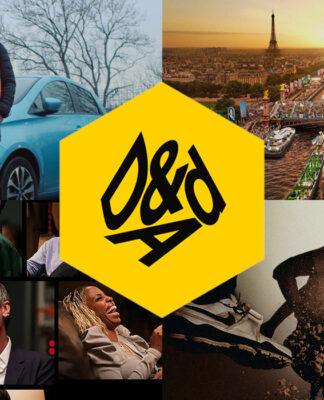
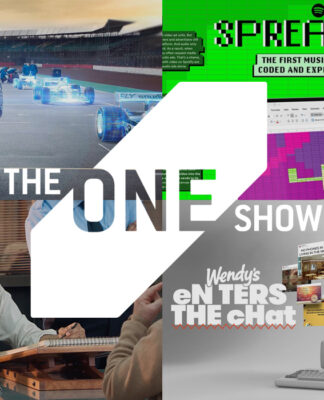
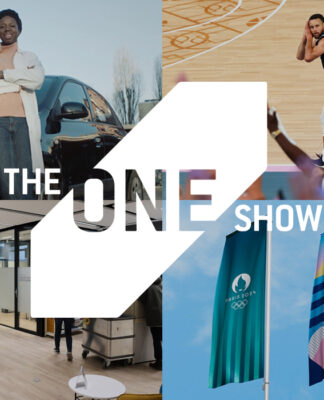
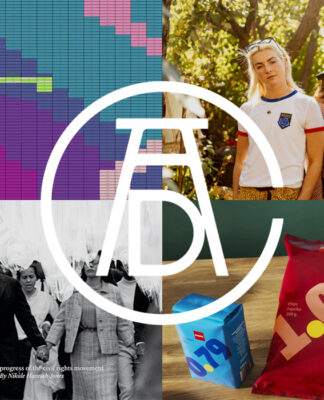
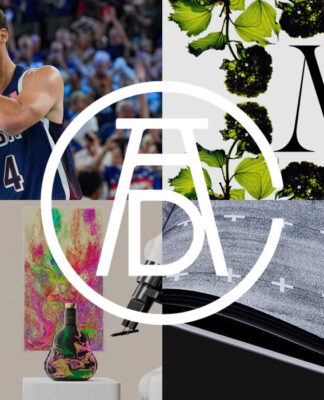

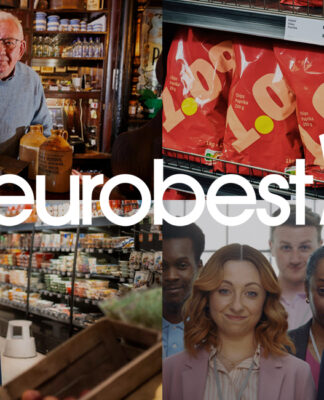
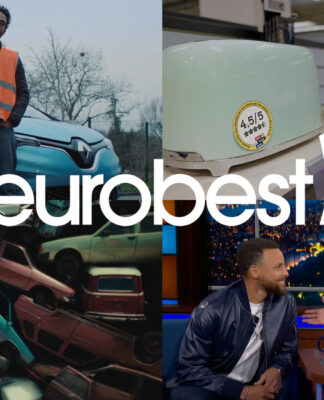
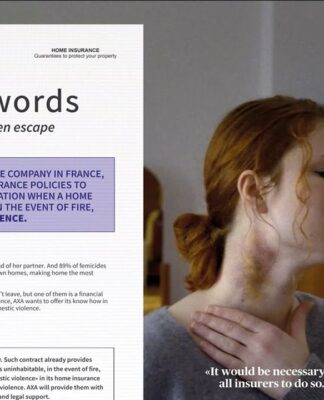

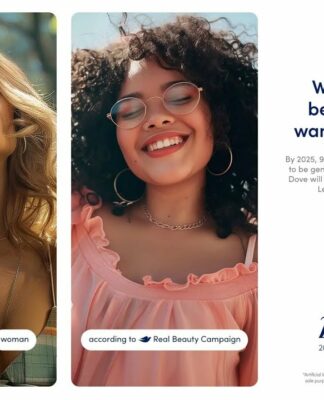




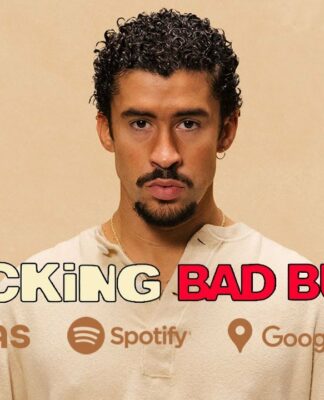
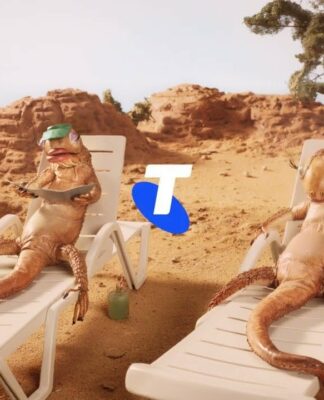



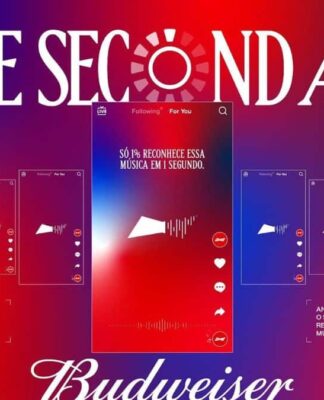
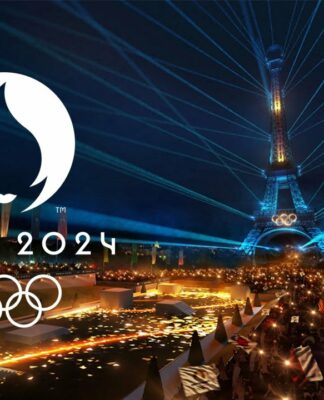

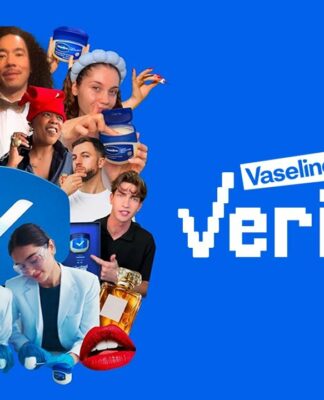
What about Ad Blockers? I never browse the internet without scripts to block ads and cookies nowadays. We need to use these scripts and extensions, not only because of the sheer amount of ads and how aggressively invasive they have become, but also because advertising companies tried to exploit the whole “cookie consent” thing and force us into consenting, so now I (and most people I know) just block them all indiscriminately.